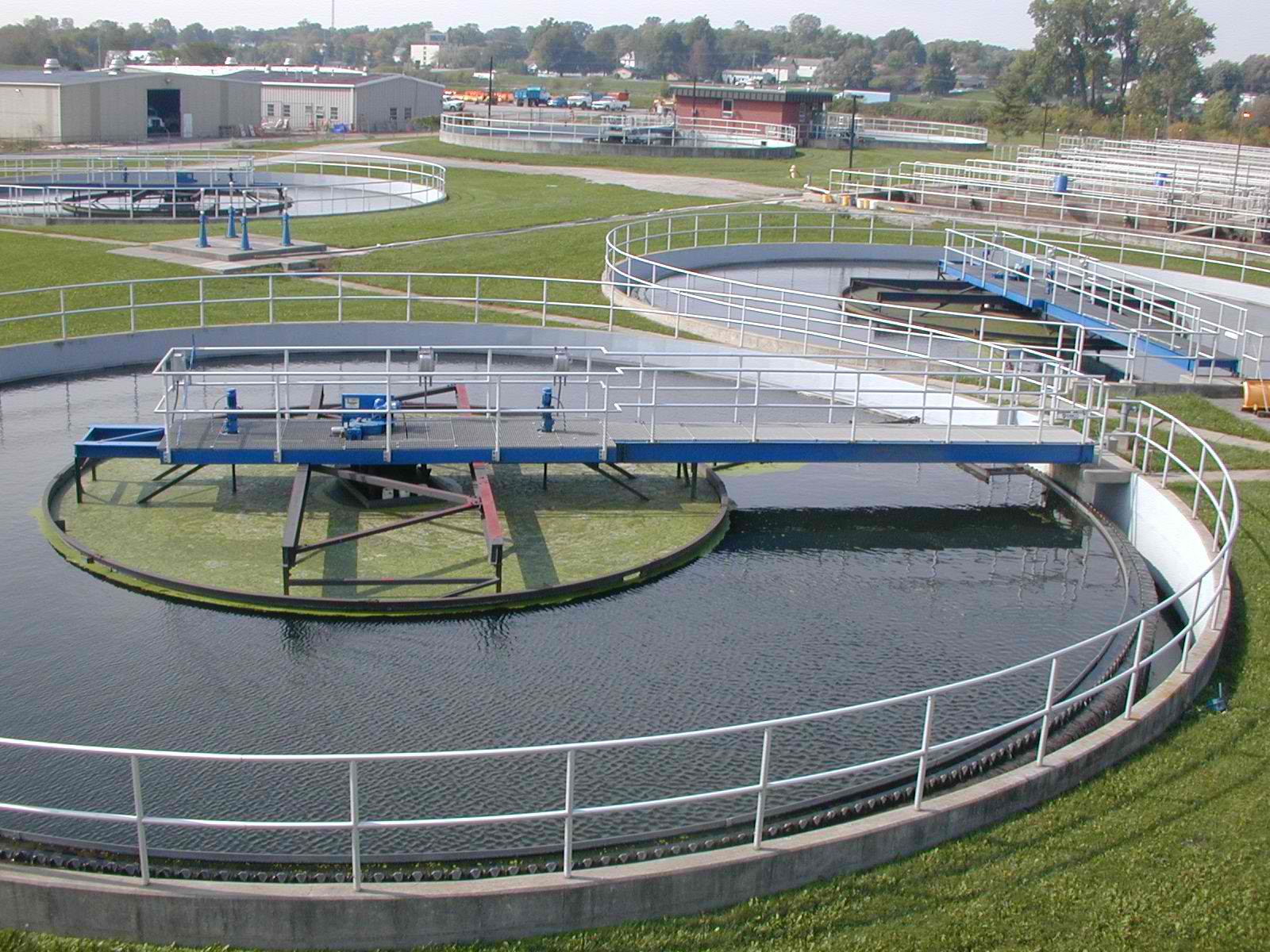 Water that is contaminated by humans, through residential, industrial or commercial activity, is known as wastewater. These pollutants are usually toxic substances and a hazard to the well-being of the people who consume or make use of it. It’s a danger to the atmosphere if left to sink into the ground. This gives upsurge to the need for treatment of wastewater, to eliminate the impurities from water, and make it safe for drinking, and use. It needs to be treated even if simply let out in the atmosphere, say to sink into the ground or to blend with sea water.
Water that is contaminated by humans, through residential, industrial or commercial activity, is known as wastewater. These pollutants are usually toxic substances and a hazard to the well-being of the people who consume or make use of it. It’s a danger to the atmosphere if left to sink into the ground. This gives upsurge to the need for treatment of wastewater, to eliminate the impurities from water, and make it safe for drinking, and use. It needs to be treated even if simply let out in the atmosphere, say to sink into the ground or to blend with sea water.
Why Conserve Water?
Water conservation also circuitously helps in upholding the water quality. Too much water drawing (exceeding the water holding capability of the soil) from ground sources allows ground water pollution from neighboring areas or sea. So, circumvent additional water drawing from ground foundations. The volume of wastewater release can be reduced substantially over conservation of water.
Reasons for Conserving Water
This is a good idea for some reasons:
A significant decrease in wastewater flows also can save on workforces’ costs and can eradicate or postpone the necessity to upgrade or expand cure facilities. It lowers sewer costs and taxes for homeowners. Water conservation also straight benefits proprietors with onsite systems. Simply by decreasing water use, homeowners can outspread the life of their systems for numerous years, prevent system failures, and lessen maintenance costs, possibly saving hundreds of dollars.
Added Benefits
There are added benefits such as lower monthly water bills, reduced sum of money that homeowners and people spend for wastewater treatment, an improved efficiency of wastewater treatment plant, plus savings on energy costs.
Nonresidential wastewater in small societies is produced by diverse sources such as workplaces, businesses, supermarkets, cafeterias, schools, hospitals, farms, companies and other commercial, industrial, and institutional units. Storm-water is a nonresidential basis and carries trash and other contaminants from streets, as well as pesticides plus fertilizers from yards and fields.
Because of the diverse characteristics of nonresidential wastewater, people need to measure each source independently or compare similar kinds of nonresidential sources to make sure that adequate treatment is provided. When you start conserving water, you will also be able to do a wastewater capacity analysis, and that will help recognize how much water is used within your house or workplace and if it is on the higher side, how you can lessen that.







